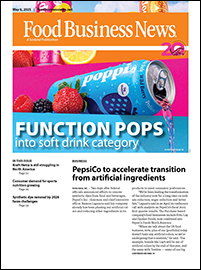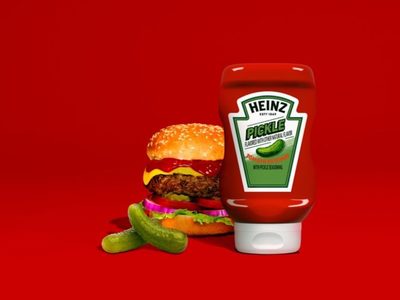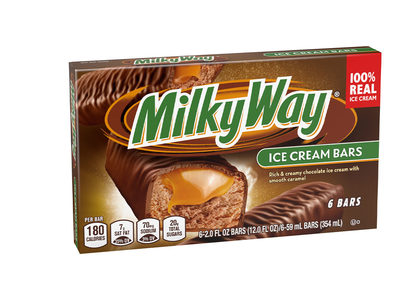KANSAS CITY — The coldest weather in decades across Florida’s citrus growing region sent frozen concentrated orange juice futures prices up the 10c-a-lb daily limit twice in the past two weeks, and prices continued to rise early last week. But large stocks of frozen orange juice have held gains somewhat in check, and values eased some toward week’s end as the wintry weather moderated.
After dropping about 9c a lb on Dec. 31, the nearby March frozen concentrated orange juice futures contract soared 18% and peaked at 146.7c a lb on Jan. 8. The March 2010 contract rose the 10c daily limit on Jan. 5 and again Jan. 8, while the March 2011 contract neared 165c. Orange juice futures are traded on the electronic Intercontinental Commodity Exchange (ICE) in New York.
“Many areas in the citrus-producing region reported dangerously low temperatures, making freeze damage a possibility,” the U.S. Department of Agriculture said in its Jan. 11 Florida Weather Crop update. “Lows fell to the mid-teens in many areas.”
“The coldest mornings in Florida’s citrus belt were Jan. 6-7 and 10-12,” the U.S.D.A. said in its Jan. 3-9 Weekly Weather and Crop Bulletin, issued Jan 12.
According to Florida Citrus Mutual, the state’s largest grower cooperative, fruit damage occurs when temperatures are below 28 degrees Fahrenheit for at least four hours, and branches (3/8-inch or smaller) may be killed when temperatures are below 20 degrees for four hours or below 28 degrees for 12 continuous hours. According to weather reports from the region, both lows and duration of the low temperatures met those conditions, although other factors, such as grower efforts to reduce damage, came into play.
Florida Governor Charlie Crist on Jan. 5 declared a state of emergency “due to the threat of severe weather” that included the relaxation of some weight, height, length and width restrictions to allow for more rapid transport of vulnerable crops to packing houses. Even if the oranges (and other fruits) were damaged by the freeze, many still could be squeezed and the juice used, unlike what happened a couple of years ago when a freeze hit the California crop, which mainly goes to the fresh orange market. But if the oranges are not harvested and processed quickly, they will dry and juice yield will decline.
The damage extended well beyond citrus.
“Florida’s growers produce nearly all our nation’s domestically produced fresh fruits and vegetables during the winter,” said Charles. H. Bronson, Florida Agriculture Commissioner.
Florida is the nation’s major source of domestically-produced orange juice, with about 95% of the state’s crop squeezed. Domestic orange juice production has surpassed consumption only once in the past six years, according to the U.S.D.A. The agency forecast domestic orange juice production near 900 million gallons single-strength equivalent in 2009-10, with imports at 375 million gallons and consumption at 1,355 million gallons.
Adding to concerns about the freeze scare was the fact the 2009-10 Florida orange crop already was forecast sharply lower from last year and the smallest since 2006-07. And, orange juice production in Brazil, the major source of U.S. imports, was expected to rise only slightly from last year’s five-year low.
In its Jan. 12 Crop Production report, the U.S.D.A. forecast 2009-10 Florida all-orange production at 6.08 million tons (135 million boxes), unchanged from its previous forecast and down 17% from a year ago. But the agency noted, “it does not include any effects of the cold weather in Florida during January” as the forecast was based on Jan. 1 conditions.
While the impact on the current orange crop appears severe, large stocks of frozen orange juice concentrate were expected to prevent a shortage. In its most recent Cold Storage report, the U.S.D.A. estimated stocks of frozen orange juice concentrate at 1,126,965,000 lbs as of Nov. 30, up 9% from a year earlier and 19% above the latest five-year average.
Unfortunately for orange growers, the decline, and probable higher prices, comes at a time when orange juice consumption in the United States was recovering from a multi-decade low in 2007-08, the result of high prices and concerns about high carbohydrates.
Last week futures prices dropped about 10% from their highs, in part due to scattered reports that the freeze damage might not have been as severe as first thought, or at least not as severe as the market had “priced” into futures values.
It will be some time before losses can be fully assessed, especially in the case of damage done to trees, which will affect next year’s crop.




